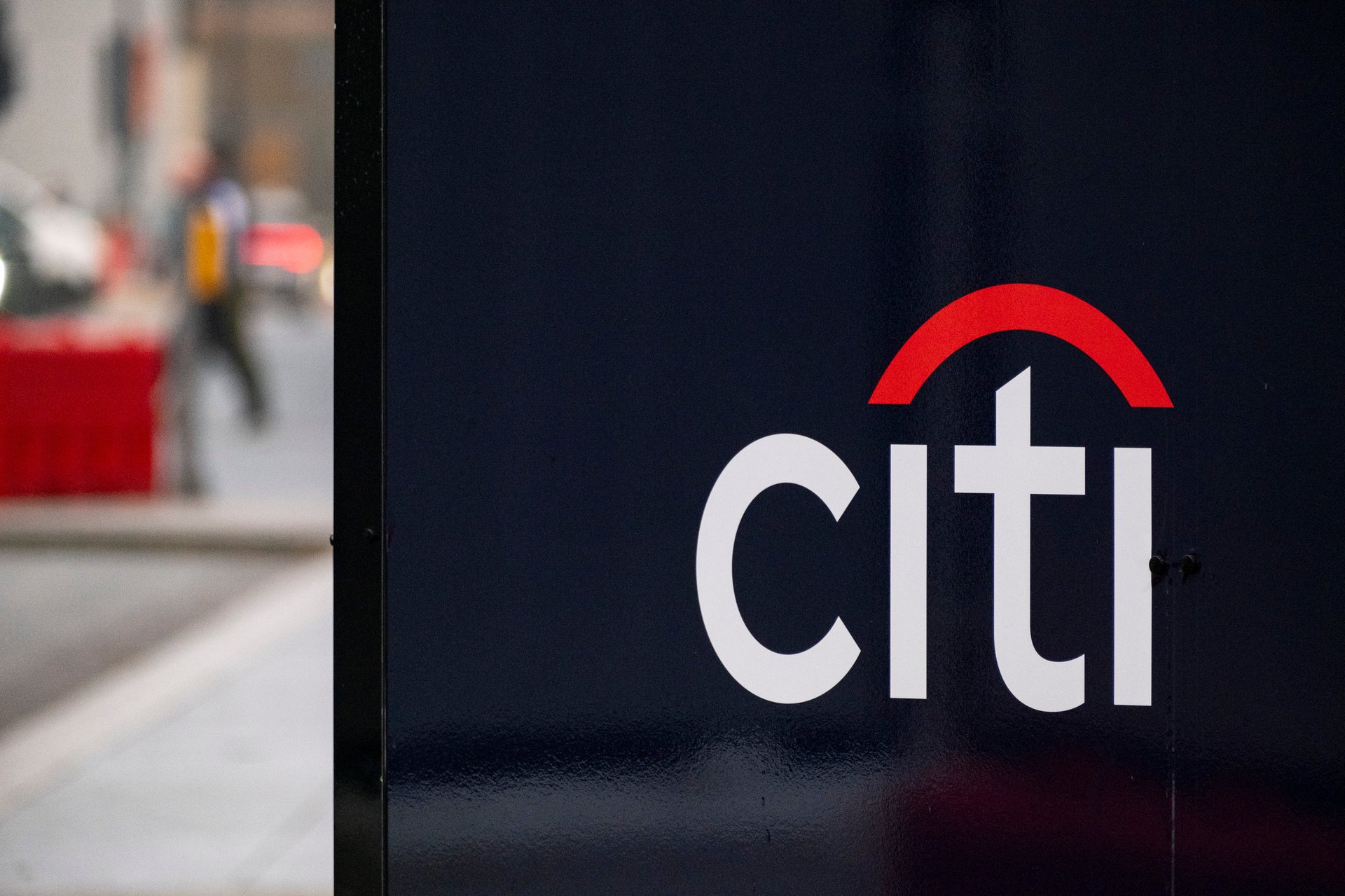Citi made 'significant progress' in transforming its business — and its CFO wants people to notice
Mark Mason is projecting top-line growth near 5% for the bank in 2024

Citi’s (C) corporate overhaul began bearing fruit this year — and the bank is hoping it will catch continued windfalls in 2025 and beyond.
Suggested Reading
In 2025, Citi “will start to see a little bit of benefit from the transformation investments,” chief finance officer Mark Mason said at the 2024 Goldman Sachs (GS) Financial Services Conference. That includes revenue growth outpacing expenses into next year.
Related Content
The bank capped off its massive reorganization in the first quarter of the year, and its operating expenses fell 2% in both the second and third quarters — largely driven by savings associated with its organizational simplification and stranded cost reductions, the company said.
Last September, Citi undertook its largest reorganization in almost two decades, splitting the bank into five interconnected business units. The reorganization, which was completed in March, was aimed at cutting costs and simplifying the bank’s structure in an effort to turn around the firm’s stock and financial performance to keep pace with its peers.
The bank ended up eliminating 7,000 positions, which is expected to generate $1.5 billion of annualized run-rate expenses, Citi CEO Jane Fraser told analysts on a call in April. The restructuring will save the company a projected $2.5 billion in cumulative annualized run-rate in the medium term, Fraser said.
“I hope people recognize the progress that we have made,” Mason said, pointing to the bank’s 4%-5% top-line growth outlook for the full year. He said growth is expected to come in on the top end of that range.
Shares of Citi were up 1.5% Tuesday morning. The bank’s stock is up more than 37% so far this year, outpacing the S&P 500’s returns.
Heading into next year, the bank is expecting continued expenses from its investment in its transformation, data and technology investments, and business-led investments and volume, Mason said.
This year, investment banking fees are expected to jump between 25%-30% year over year, Mason said. Investment banking revenue was up 31% in the third quarter. Citi’s markets business could also see a yearly increase in the high teens with strength in equity capital markets, debt capital markets, and mergers and acquisitions, he said.
Citi’s expanded partnership with American Airlines (AAL) is also “a growth and high-returning business through the cycle,” Mason said. In 2026, Citi will become American’s exclusive co-branded credit card partner, absorbing Barclays’ portfolio. Although the agreement will be “ultimately accretive to returns,” Mason said the bank will only begin to see “some modest impact on returns” starting in 2026.
In September, Citi announced a $25 billion private credit and direct lending program in partnership with Apollo (APO). Mason said that transaction is part of a concerted to effort to expand the bank’s offerings.
“We are working this strategy that I think in many ways differentiates us from peers as it relate to that top line,” he said. “And we are incredibly focused on the transformation and continued execution there.”
There are, however, areas where Citi is not as far along as Mason would like it to be, particularly when it comes to data.
“Data is a very broad headache,” he said. “As I think about customer data, client data, financial reporting data — I feel very comfortable with that. The work we need to do is largely around how do we improve the timeliness and accuracy as it relates to regulatory reporting.”
While it’s a sector-wide challenge, Mason said the bank is undergoing a complicated process to entirely change its approach to data in compliance with regulators.
A capabilities test carried out by the Federal Deposit Insurance Commission and Federal Reserve Board found continuing weaknesses related to data reliability and the firm’s compensating controls. These resulted in “materially inaccurate” calculations of the capital and liquidity needed to carry out bankruptcy plans and other distress responses.
In September, Citi was fined $136 million for “insufficient progress” on improving its data handling. That was on top of a $400 million fine levied against the bank in 2020 for the same issues.
